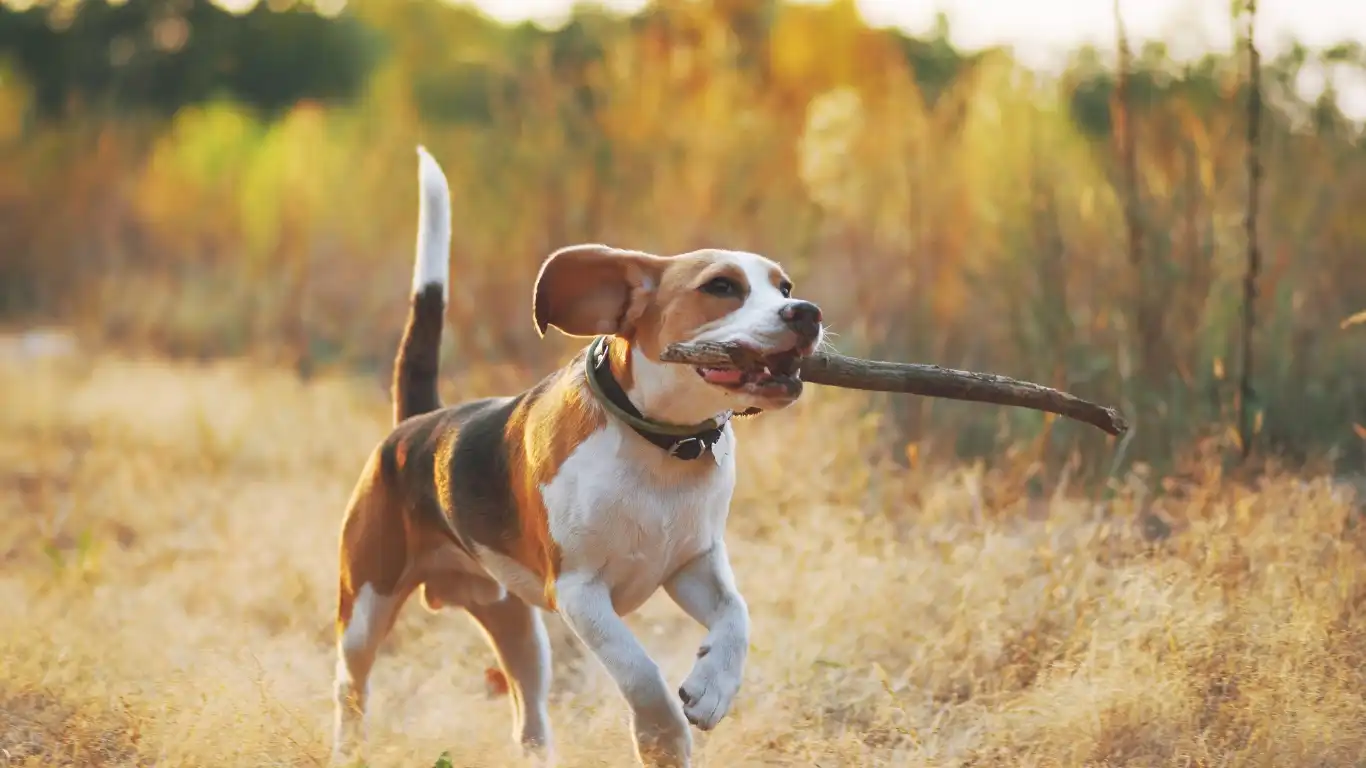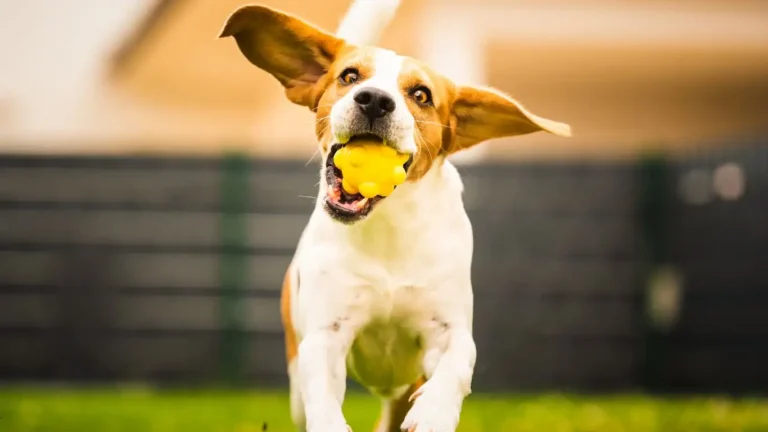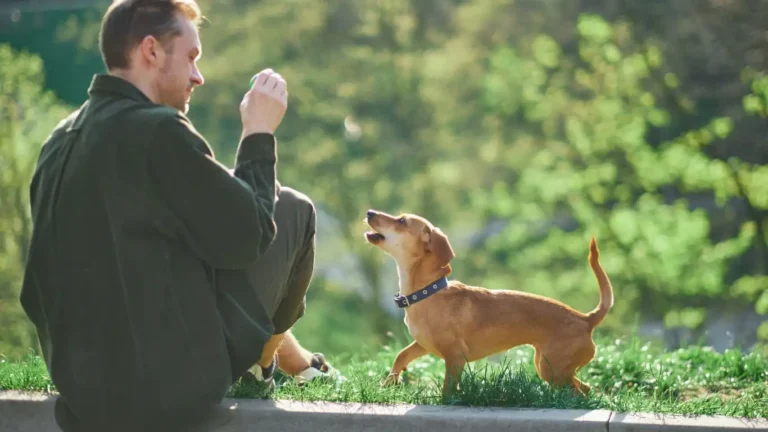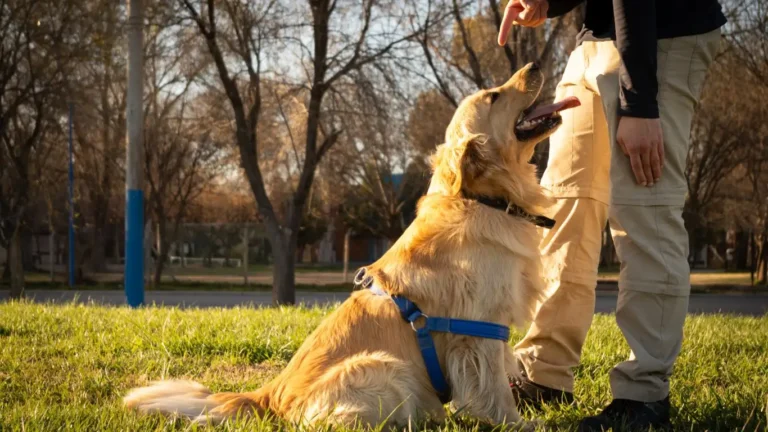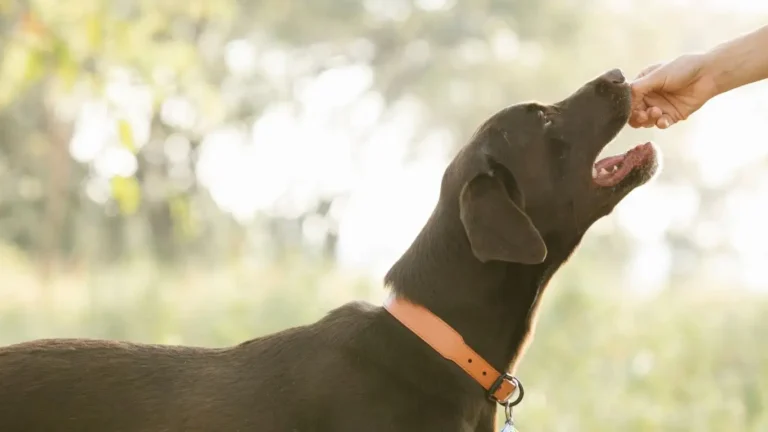How to Teach Your Dog to Stay in One Room: Ultimate Guide for Success
Ever found yourself tiptoeing around the house so your pup doesn’t follow you into every single room? Yeah, me too. As a Veterinary Technician and Nutrition Specialist, I’ve had plenty of pet parents ask me how to teach your dog to stay in one room without feeling like a bad pet parent. The good news? It’s totally doable—and your dog can actually enjoy it with the right guidance and positive vibes. Whether you’re trying to cook dinner without tripping over a tail or you just want to avoid muddy paws in your freshly cleaned bedroom, teaching your dog this boundary can be a game-changer.
Why Teaching Room Boundaries Matters

This isn’t just about convenience—it’s about safety and structure, too. In my years of working closely with dog owners, I’ve seen how setting clear boundaries can actually help dogs feel more secure. When your dog understands where they’re allowed to go, it reduces their anxiety and keeps them out of trouble (especially if they’re the curious or mischievous type).
Common Scenarios Where This Skill Helps
- Keeping your dog out of the kitchen while you’re cooking (hot stoves + dogs = bad combo)
- Creating a calm space for guests who might be nervous around dogs
- Helping reactive dogs avoid over-stimulation from too much foot traffic
- Giving multi-pet households a little peace and space
Understanding Your Dog’s Motivation
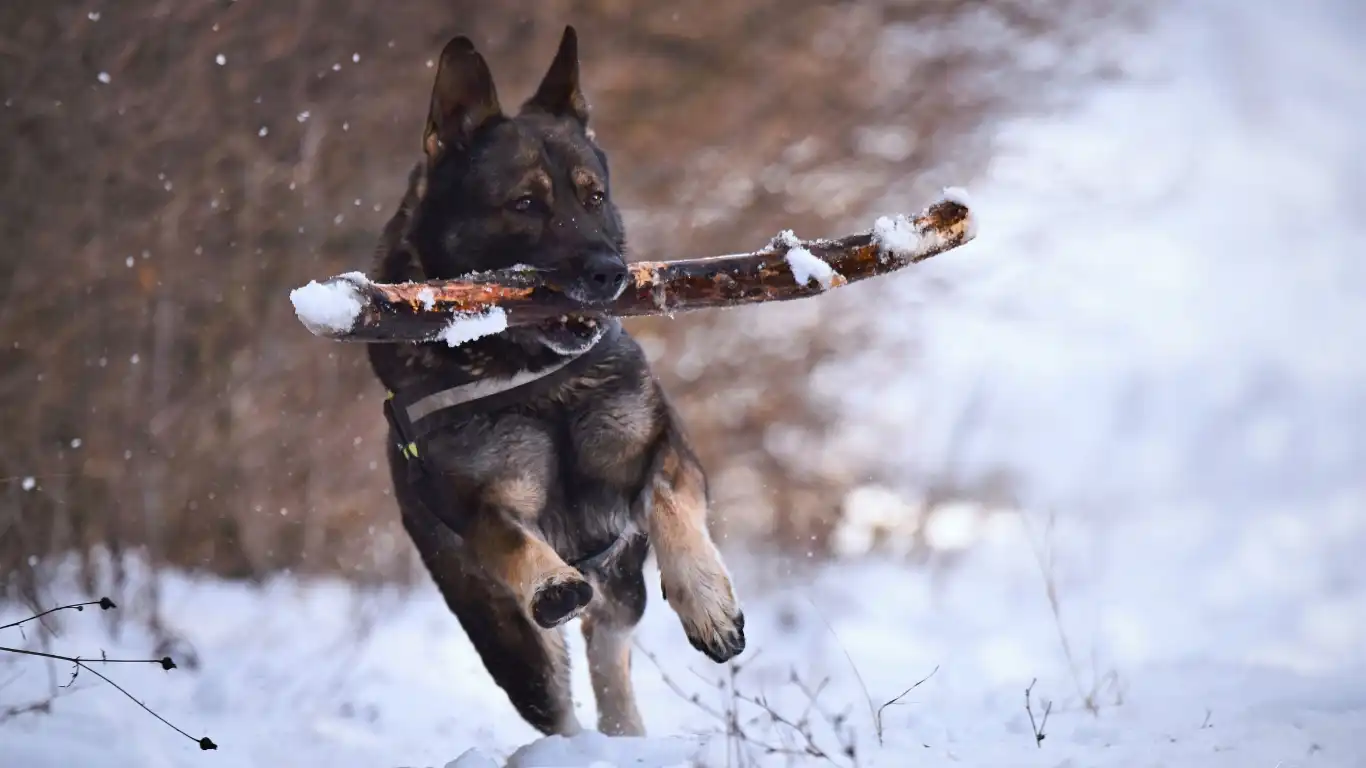
If you’ve ever tried to leave the room and had your dog follow you like a shadow, it’s not because they’re being difficult. It’s just that dogs, by nature, are social animals. They want to be where their pack is—which means where *you* are. That’s sweet and all, but it doesn’t always work for everyday life. The key here is to teach them that it’s okay to be alone in one room, and that staying there comes with its own set of rewards.
Use What Your Dog Loves
Every dog has their “currency”—some are food motivated, others will do anything for a squeaky toy, and some just want belly rubs. Start with identifying what your dog truly loves and build your training sessions around that. Trust me, working with what excites them is *way* more effective than trying to force it.
Start Simple: The Basics of Training Your Dog to Stay in One Room
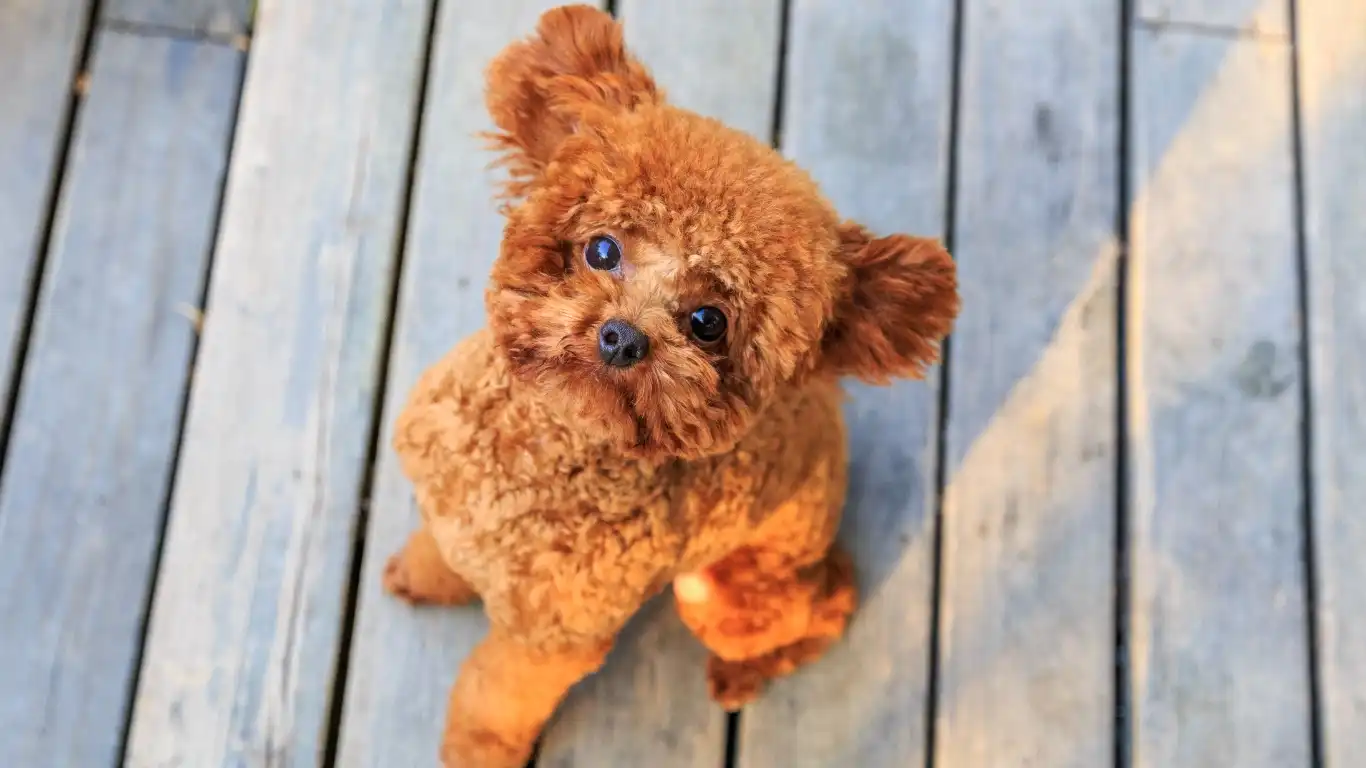
Set Up the Space
Choose a room that’s dog-friendly and free of hazards. Make it cozy! Add their favorite bed, toys, and maybe even a treat puzzle. You’re not just confining them—you’re *creating a space they want to hang out in.* I always recommend starting with a room they already like. If you’re working from home and your pup tends to nap in the guest room, start there.
Begin with Short Sessions
- Guide your dog into the room and close the door or use a baby gate.
- Give them a high-value treat or toy as soon as they settle in.
- Step out of the room for just 30 seconds, then come back and praise them calmly.
- Repeat and slowly increase the time you’re away.
It’s important not to make a big deal about coming or going. Keep it *chill*. That helps reduce any separation anxiety before it becomes an issue.
Consistency and Cues
Use a consistent cue like “stay here” or “wait in your room” every time. Dogs thrive on repetition. Once they start connecting the cue with the behavior, you’ll be surprised how well they catch on. Just remember: consistency over perfection. You don’t need to nail it in one day.
Building Duration and Distance: Taking It to the Next Level

Once your dog starts getting comfy hanging out in one room for a few minutes at a time, it’s time to gently up the challenge. When I was training my own rescue pup, Luna, to stay in one room while I ran laundry upstairs, I realized the magic was in small wins. Slowly increasing both *how long* she stayed and *how far* I was from her helped build her confidence—and trust me, it didn’t happen overnight. That patience pays off in a big way.
Gradual Steps Work Best
- Start adding a few extra minutes to each session—nothing dramatic, just enough to stretch their comfort zone.
- Begin stepping further away: maybe just out of sight, then into another room, then out to the porch.
- If your pup gets up or gets anxious, don’t scold. Just calmly reset and shorten the time again. Regression is totally normal!
Don’t rush it. Teaching how to teach your dog to stay in one room isn’t a race—it’s about laying solid groundwork. Dogs need time to process that this new “rule” isn’t a punishment, but rather part of their routine.
Incorporating Training into Everyday Life

This part’s a biggie—and honestly, it’s where most people fumble. We teach dogs new things in quiet, controlled environments, but forget to bring that training into the hustle and bustle of daily life. If you only practice while the house is silent and nothing else is going on, your dog might struggle once the real-world distractions kick in. So let’s make it real.
Everyday Scenarios to Reinforce the Lesson
- During dinner: Have your dog stay in the living room while the family eats at the dining table.
- When answering the door: Ask your pup to stay in the bedroom or hallway so they’re not charging guests.
- When cleaning: Dogs love to “help,” but training them to stay out of the room during vacuuming can be a lifesaver (especially for anxious pups).
I often tell clients to treat these daily events as mini training sessions. It keeps things consistent *and* provides real-life reinforcement, which is the gold standard when teaching boundaries like this.
Tools That Can Help (But Aren’t Required)

Now, while I’m all for positive reinforcement and consistency, sometimes having a few helpful tools makes the process smoother. Here are a few I’ve recommended over the years—and yes, used in my own home too.
Useful Training Aids
- Baby gates or pet barriers: These are lifesavers for open-concept homes where it’s hard to define space.
- Interactive toys: A Kong stuffed with peanut butter or a puzzle toy keeps your dog mentally busy while staying in one room.
- Clicker training: If your dog responds well to clickers, this method can help mark the exact moment they make the right choice.
- Calming aids: For dogs with a bit of anxiety, calming sprays or plug-ins can help make their designated space feel safe and secure.
That said, you don’t need fancy gear to make this work. I’ve seen clients succeed using a simple dog bed and a few well-timed treats. The real secret sauce is consistency and clear communication.
Addressing Setbacks Without Losing Momentum
Let’s keep it real—training is rarely a straight line. Some days your dog will nail it. Other days they’ll act like they’ve never heard the word “stay” in their life. Totally normal. I’ve worked with dogs who would happily stay in their designated room for a whole episode of Netflix one day, then bark at the gate 30 seconds in the next. It’s frustrating, but it’s part of the process.
Stay Patient, Stay Positive
If your pup regresses or pushes boundaries, don’t panic. Ask yourself:
- Did I move too fast with distance or duration?
- Is something different today—noisier house, skipped walk, new visitor?
- Did I reinforce the stay with something rewarding?
Dial things back if needed, but stay consistent. Dogs are intuitive—they pick up on your energy and patterns. If you stay calm and encouraging, they’ll mirror that. It’s one of the reasons I love behavior work so much—it’s less about dominance and more about building trust and communication.
Advanced Tips: Making “Stay in One Room” a Lifelong Habit
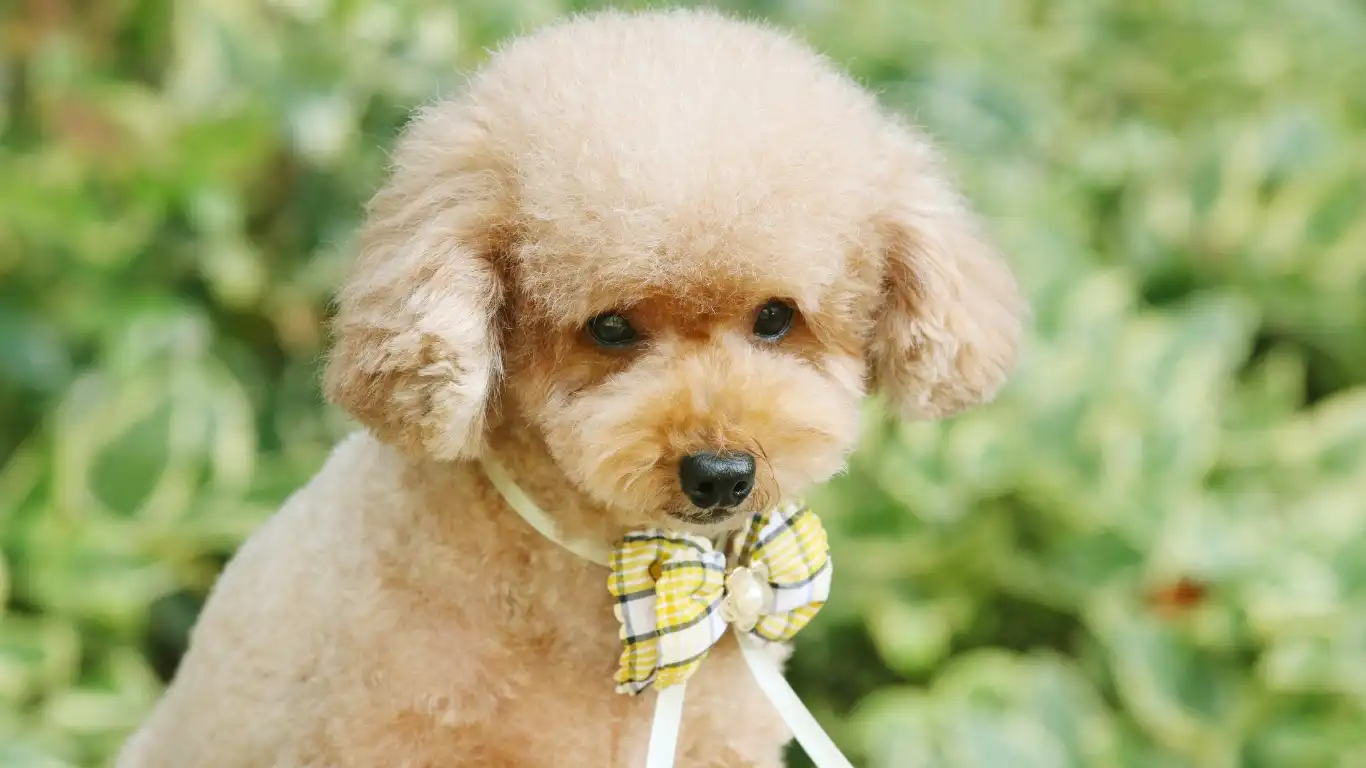
By the time your dog is comfortably staying in one room for extended periods, it’s tempting to think the work’s done. But here’s the thing: for this to truly become part of your dog’s everyday life, you want to keep reinforcing the behavior in different ways and situations. This helps your dog stay reliable, no matter the distractions or changes in routine.
Vary Your Rewards and Keep It Fun
When Luna first mastered staying put, I noticed she’d get bored with the same treats or toys. So I started mixing it up—sometimes a favorite chew, other times a quick play session through the door. This variety keeps their motivation high. Dogs, just like us, appreciate a little unpredictability in rewards! It also makes the training feel less like a chore and more like a game.
Practice Around Distractions
Once your dog is steady in a quiet room, start practicing with more distractions—like having the TV on, other people moving around, or even a doorbell ringing. It’s amazing how things that seem minor to us can totally throw a dog off. Gradual exposure to these triggers helps your dog understand that staying put isn’t just for calm moments, but every day life.
Use the “Release” Command
It’s just as important to teach your dog when they’re allowed to leave the room. A clear release command like “okay” or “come” gives your dog the confidence to know the boundaries aren’t a trap—they’re just part of the routine. I always emphasize this in my nutrition and vet tech work: clear communication reduces stress for both you and your pup.
When to Seek Professional Help

Sometimes, despite your best efforts, your dog may struggle with staying in one room. This could be due to anxiety, past trauma, or other behavioral issues. In those cases, reaching out to a professional trainer or a veterinary behaviorist is a smart move.
In my work, I’ve often collaborated with behaviorists to create tailored plans that fit the unique needs of each dog and family. They can offer deeper insights and strategies, especially for pups who might be dealing with separation anxiety or sensory overload.
What to Look for in a Trainer or Behaviorist
- Certification from reputable organizations (like the International Association of Animal Behavior Consultants)
- Positive reinforcement-based training methods
- Experience working with dogs that have similar challenges
- Clear communication style and willingness to involve you in the process
Remember, asking for help doesn’t mean you failed—it means you care deeply and want the best for your furry friend.
Wrapping Up Your Training Journey
Teaching your dog to stay in one room is more than just a neat trick—it’s a skill that promotes safety, calmness, and a happier home for everyone. As a Veterinary Technician specializing in nutrition, I’ve seen how balanced care—from physical health to behavioral boundaries—creates the best outcomes for pets and their people.
Patience, consistency, and love are your biggest allies here. Each dog is unique, so take the time to understand what makes yours tick. With a bit of practice, you’ll both enjoy a smoother, more peaceful daily rhythm.
References & Further Reading
- American Veterinary Medical Association
- American Kennel Club
- ASPCA
- American College of Veterinary Behaviorists
Disclaimer
This article is intended for informational purposes only and does not substitute professional veterinary advice. Always consult with a licensed veterinarian or certified animal behaviorist regarding any health or behavior concerns with your dog.
